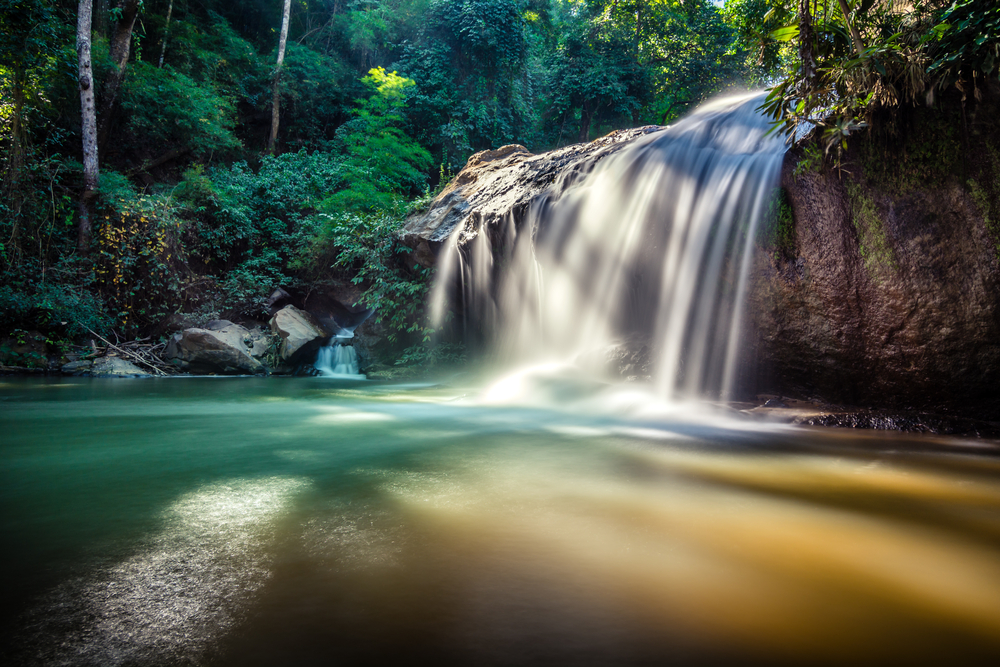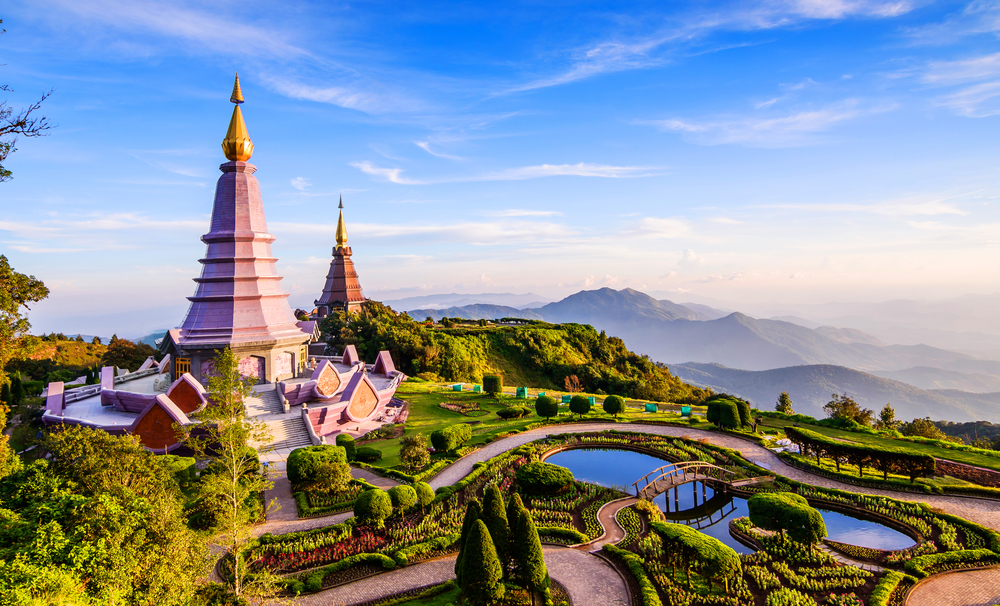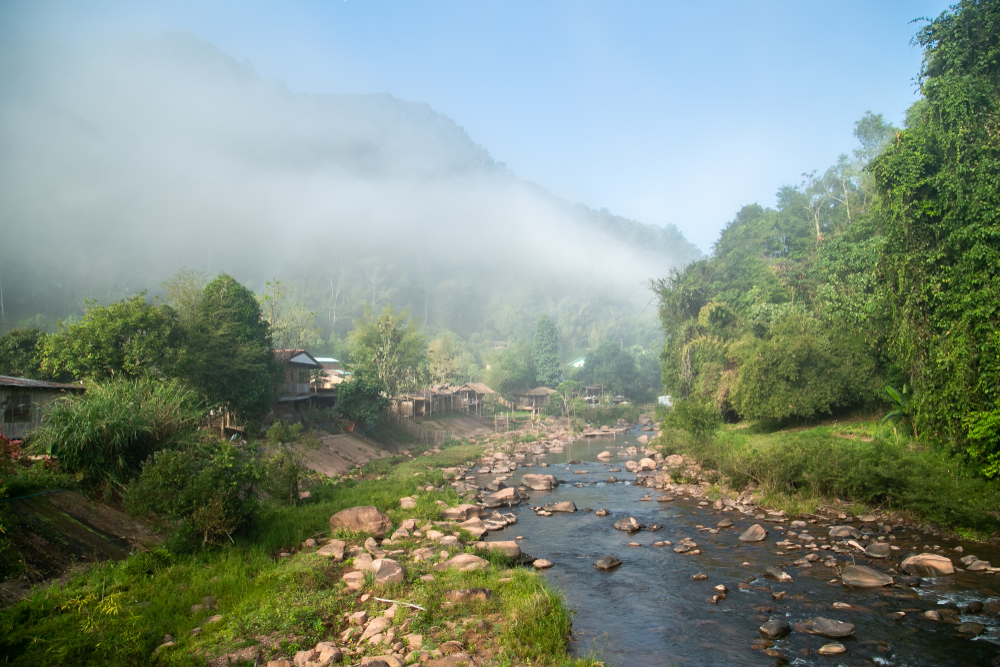Doi Suthep-Pui Overview
Doi Suthep-Pui National Park, known locally as “อุทยานแห่งชาติดอยสุเทพ-ปุย,” is a captivating natural reserve located in northern Thailand, within the province of Chiang Mai. The park spans an area of approximately 102 square miles (265 square kilometers), encompassing a diverse and lush ecosystem that reflects the rich biodiversity and scenic beauty of the region.
Dominated by the prominent Doi Suthep Mountain, which rises to an elevation of 5,499 feet (1,676 meters), the park also includes Doi Pui and Doi Buak Ha mountains. These peaks provide breathtaking vistas of Chiang Mai city and its surroundings. The terrain is a mixture of dense evergreen and deciduous forests, interspersed with bamboo groves and vibrant wildflowers that bloom throughout the year, making it a botanist’s paradise.
The park’s landscapes are dotted with cascading waterfalls, the most famous being Huay Kaew Waterfall and Monthathan Waterfall, both popular destinations for visitors seeking a refreshing retreat amidst nature. The vegetation here is as diverse as its terrain, with the higher altitudes blanketed in montane forests, while the lower elevations host tropical deciduous forests.
Orchids, ferns, and mosses thrive in the park’s humid environment, creating a lush, green sanctuary that contrasts beautifully with the golden hues of the famous Wat Phra That Doi Suthep, a Buddhist temple perched near the summit of Doi Suthep Mountain.
Wildlife enthusiasts are drawn to the park for its rich fauna. Doi Suthep-Pui National Park is home to a variety of mammals, including the northern pig-tailed macaque, barking deer, and even the elusive clouded leopard. Birdwatchers will be delighted by the presence of over 300 bird species, including the striking green-tailed sunbird, the blue-winged leafbird, and the colorful Asian emerald cuckoo. The park is also a haven for reptiles, amphibians, and countless insect species, adding to its ecological significance.
Among the park’s most popular attractions is Wat Phra That Doi Suthep, a revered Buddhist temple that draws pilgrims and tourists alike. The temple is accessed via a steep flight of 306 steps or a convenient cable car, and the panoramic views from its terrace are unforgettable.
The park also offers nature trails, such as the Monks’ Trail and the Doi Pui Summit Trail, which provide an immersive experience of the region’s natural and cultural heritage. Visitors can also explore Hmong tribal villages nestled within the park, offering a glimpse into the traditional lifestyle and crafts of the local hill tribes.
Conservation efforts in Doi Suthep-Pui National Park have faced challenges such as deforestation, habitat loss, and encroachment. However, effective management and collaboration with local communities have led to successful reforestation projects and increased awareness of the importance of protecting this unique ecosystem. The park remains a symbol of Thailand’s commitment to preserving its natural and cultural treasures.

















































































